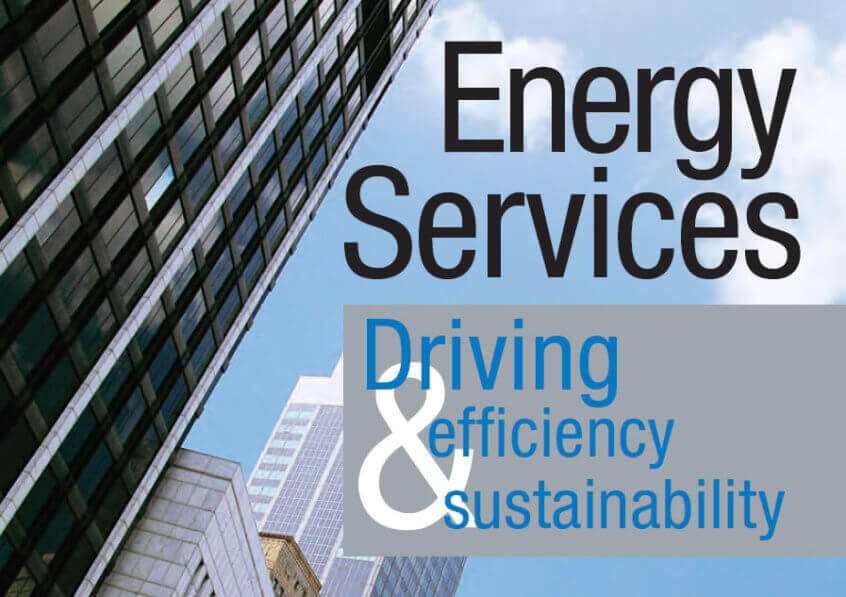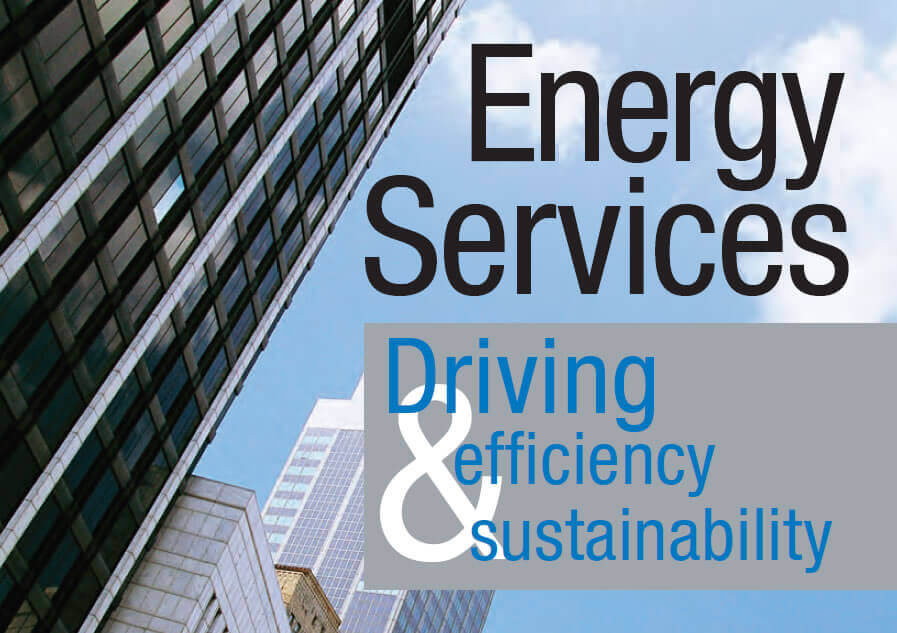Are you heating, humidifying and conditioning too much outside air? How do you know? How do you determine the appropriate balance between the minimum necessary amount of outside air for a functional building with good indoor air quality and the energy it takes to treat this air? Demand controlled ventilation (DCV) could be worth your consideration.
How are buildings typically ventilated?
Traditionally, the HVAC industry has taken a prescriptive compliance path to meet ASHRAE’s standards for indoor air quality with constant ventilation, which is a control that maintains a prescribed ventilation set point based on the design occupancy of the space. This method often results in significant waste of energy to condition excessive outside air since the prescribed ventilation set point is theoretical and based on the worst-case occupancy scenario. The resulting over-ventilation in turn drives the following:
- Excess heating and humidification of cold outside intake air
- Excess cooling and dehumidification of warm outside intake air
What is demand controlled ventilation, and how can it help you save?
In contrast, DCV uses air quality or occupancy sensing techniques, such as CO2 sensors, to monitor indoor air quality and then control outdoor air intake based on the actual occupancy of the room or the demand. With this process, we can properly control the indoor air quality and save energy normally wasted with ventilating unoccupied or sparsely occupied spaces. Benefits of DCV include:
- Maintains acceptable indoor air quality
- Monitors space occupancy (using CO2 as a surrogate indicator)
- LEED® credits are available associated with applying this strategy
- Reduces energy consumption
Tips, tricks and considerations
DCV will have the largest energy saving effect on large spaces such as:
- Auditoriums
- Gymnasiums
- Churches
- Museums
- Public assembly spaces
- Conference spaces
- Classrooms
Smaller spaces such as offices will also benefit from DCV, but the energy savings from a large area will be greater primarily due to the variable occupancy common with large spaces, often ranging from empty to crowded. At times when the space is empty, a constant ventilation system will over-ventilate the area, wasting energy. DCV will intelligently reduce ventilation at these times, thus saving energy.
Have a question for our experts? Leave your comment below, check out our Energy Services page or contact our team directly at energy.services@mckenneys.com.






